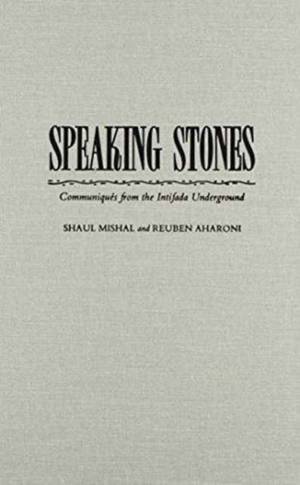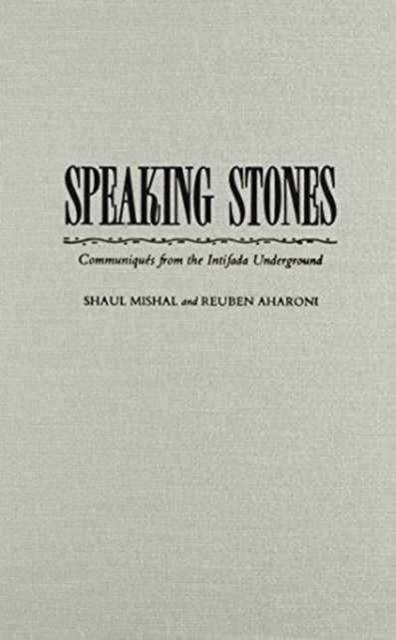
- Retrait gratuit dans votre magasin Club
- 7.000.000 titres dans notre catalogue
- Payer en toute sécurité
- Toujours un magasin près de chez vous
- Retrait gratuit dans votre magasin Club
- 7.000.0000 titres dans notre catalogue
- Payer en toute sécurité
- Toujours un magasin près de chez vous
25,95 €
+ 51 points
Format
Description
The Intifada inspired a new kind of Palestinian radicalism, a radicalism borne on young shoulders, a radicalism that conducts its dialogue with Israel and the local population via the stone, the slingshot, the petro bomb, and the leaflet.
The leaflets bring the people into the streets and instruct them what to do, and when, and how. They determine the boundaries of the permissible. If one wants to know why the Intifada erupted, what the Palestinians think and what they are fighting for, how they operate and how they perceive Israel, and whether there is anything to talk about, one should read the Palestinian leaflets. They are the documents from which the Palestinians go forth and to which they return. Mishal and Aharoni first provide some historical background to the Intifada and deal with the question of how it came about and what prevented its outbreak during the first twenty years of Israeli rule in the territories. They then turn to the leaflets and examine in detail their contents and motivations. Speaking Stones concludes with a selection of over fifty translated leaflets of the two leading bodies in the Intifada: the United National Command and the Islamic Resistance Movement, known as Hamas.Spécifications
Parties prenantes
- Auteur(s) :
- Editeur:
Contenu
- Nombre de pages :
- 342
- Langue:
- Anglais
- Collection :
Caractéristiques
- EAN:
- 9780815626060
- Date de parution :
- 01-09-93
- Format:
- Livre relié
- Format numérique:
- Genaaid
- Dimensions :
- 152 mm x 229 mm
- Poids :
- 623 g

Les avis
Nous publions uniquement les avis qui respectent les conditions requises. Consultez nos conditions pour les avis.






